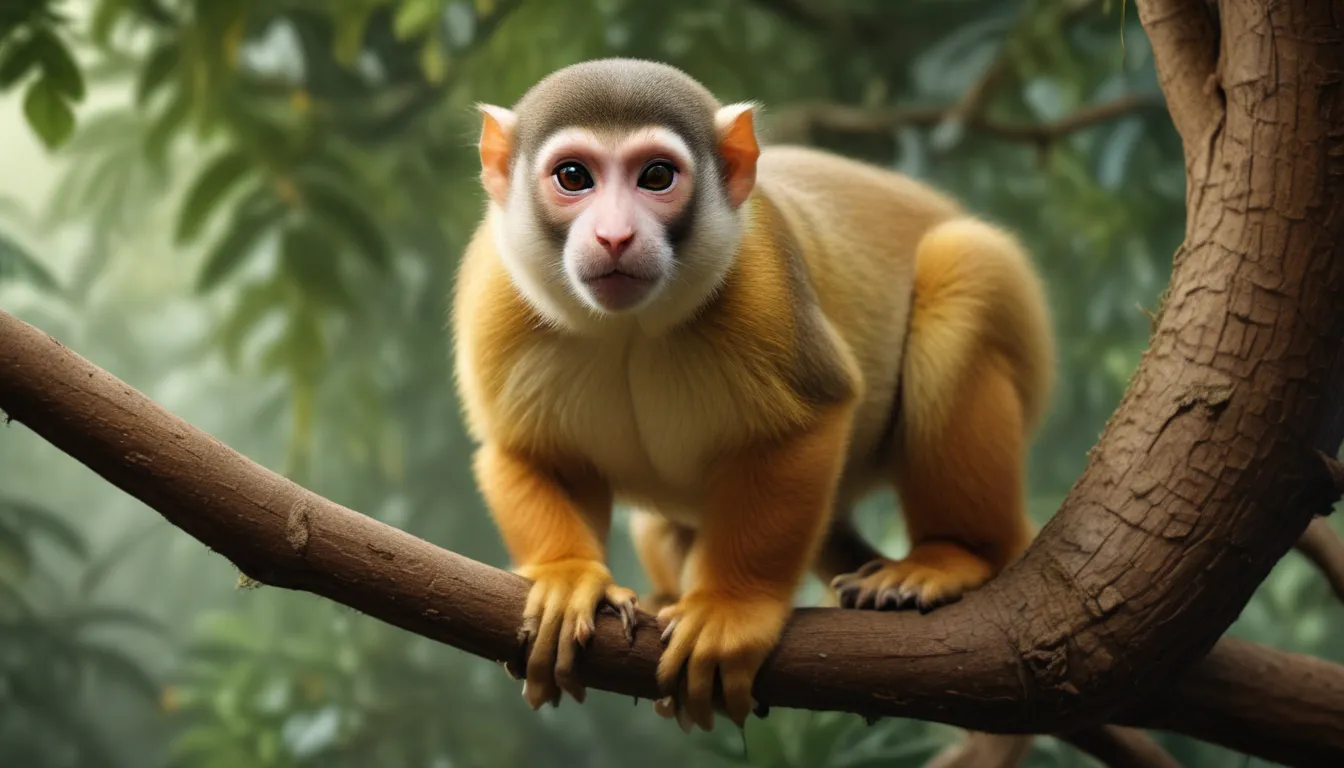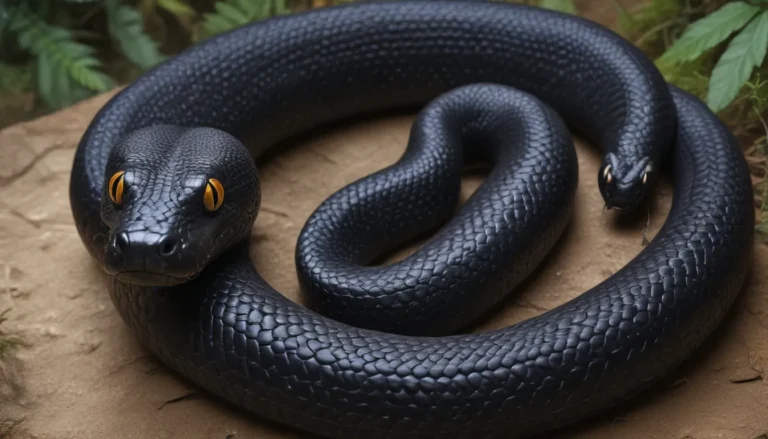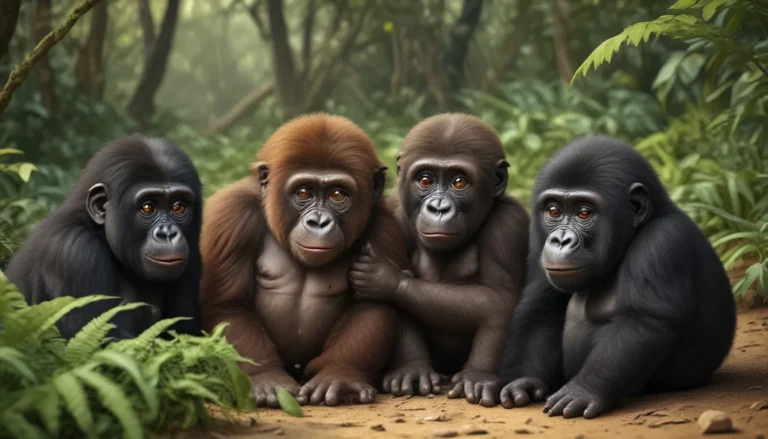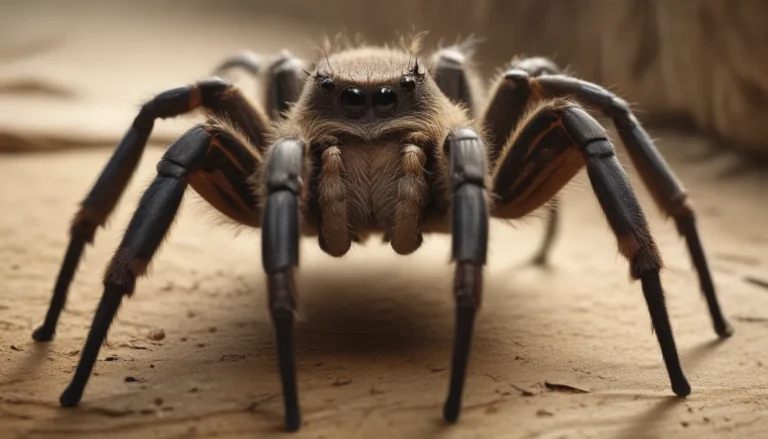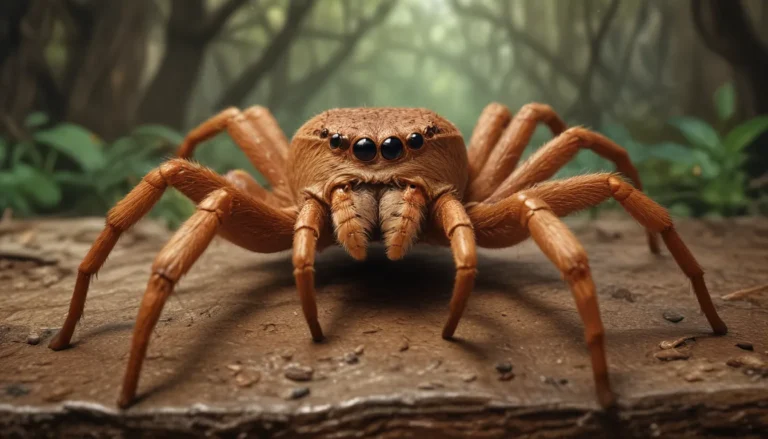The pictures we use in our articles might not show exactly what the words say. We choose these pictures to make you interested in reading more. The pictures work together with the words but don’t take their place. The words still tell you the important facts.
Squirrel monkeys, known for their playful nature and unique appearance, are captivating creatures that reside in the tropical regions of Central and South America. Belonging to the New World monkey family, these adorable primates have stolen the hearts of animal lovers worldwide. Join us on a journey as we uncover 10 interesting facts about squirrel monkeys and delve into the wonder of these charismatic creatures.
Discovering the Charms of Squirrel Monkeys
Squirrel monkeys are tiny, social, and remarkable jumpers, showcasing their agility and nimbleness in their natural habitats. As they depend on us to protect their homes and ensure their survival for the future, it is essential to understand the significance of conserving their habitats and regulating the illegal pet trade that threatens these charming primates.
Exploring the Habitat of Squirrel Monkeys
Native to the lush tropical rainforests of Central and South America, squirrel monkeys can be sighted in countries such as Brazil, Colombia, Ecuador, and Peru. Thriving amidst the dense canopy of trees, these monkeys call the vibrant rainforest their home.
Embracing Their Small Size
Measuring a mere 10 to 14 inches in length, excluding their long tails, squirrel monkeys are amongst the smallest primates. Weighing between 1 and 2 pounds, their diminutive stature allows them to navigate the treetops with remarkable agility and grace.
Unveiling Their Social Nature
Reveling in their social interactions, squirrel monkeys live in groups of up to 500 individuals, displaying a complex social structure. Dominant males lead the group, while females nurture the young, communicating through a mix of vocalizations, facial expressions, and body postures.
Witnessing Their Diurnal Lifestyle
As diurnal creatures, squirrel monkeys are most active during the day, engaging in foraging activities, exploring their surroundings, and partaking in social interactions. At night, they seek shelter in the trees, resting and rejuvenating for the next day's adventures.
Delving into Their Omnivorous Diet
With a diverse diet comprising fruits, insects, leaves, and small vertebrates, squirrel monkeys are opportunistic feeders. Their specialized teeth enable them to consume both plant-based and animal-based foods, showcasing their versatility in food choices.
Marveling at Their Acrobatic Skills
Renowned for their exceptional jumping abilities, squirrel monkeys can leap from tree to tree, covering distances of up to 30 feet with ease. Their long, robust tails serve as a balancing tool, aiding them in their acrobatic feats amidst the treetops.
Celebrating Protective Motherhood
Female squirrel monkeys take on the crucial role of nurturing their young, displaying remarkable protectiveness and care. Carrying their infants on their backs during the early months of life, these mothers forge strong bonds that ensure the survival and development of their offspring.
Unraveling Their Vocal Communication
With a diverse repertoire of vocalizations including chirps, screams, and trills, squirrel monkeys rely on vocal signals to communicate with their group members. These intricate calls play a vital role in establishing dominance, alerting to danger, and fostering group cohesion.
Supporting Conservation Efforts
Facing threats from deforestation, habitat loss, and the illegal pet trade, squirrel monkeys require our collective efforts to protect their habitats and regulate trade practices. As invaluable contributors to scientific research, these primates hold a special place in our quest for knowledge and understanding.
In Conclusion
Squirrel monkeys embody a tapestry of fascinating qualities that showcase the richness and complexity of the animal kingdom. From their social dynamics and acrobatic prowess to their unique vocalizations and dietary habits, these primates continue to captivate us with their charm and grace. As we strive to safeguard their natural habitats and ensure their well-being, let us stand as pillars of support for the conservation and preservation of these remarkable creatures.
FAQs
-
Where can squirrel monkeys be found?
Squirrel monkeys reside in the tropical rainforests of Central and South America, including countries like Brazil, Colombia, Peru, and Ecuador. -
What do squirrel monkeys eat?
Squirrel monkeys have a varied diet consisting of fruits, insects, and small vertebrates, showcasing their opportunistic feeding habits. -
How do squirrel monkeys communicate?
Utilizing vocalizations, body postures, and facial expressions, squirrel monkeys convey messages of danger, alarm, and mating signals within their group. -
Are squirrel monkeys endangered?
While squirrel monkeys are currently listed as a species of least concern on the IUCN Red List, threats of deforestation and habitat loss pose risks to certain populations. -
How long do squirrel monkeys live?
With a lifespan of up to 15 years in the wild and slightly longer in captivity, squirrel monkeys demonstrate longevity compared to other New World monkeys.
Embarking on a Journey of Discovery
As we immerse ourselves in the enchanting world of squirrel monkeys, let us cherish the wealth of knowledge and wonder these primates bring to our lives. With a commitment to conservation and a spirit of curiosity, we can safeguard the future of these captivating creatures and continue to unravel the mysteries of the natural world. Join us in celebrating the charm and beauty of squirrel monkeys, as we embark on a journey of discovery and appreciation for these remarkable denizens of the rainforest.
